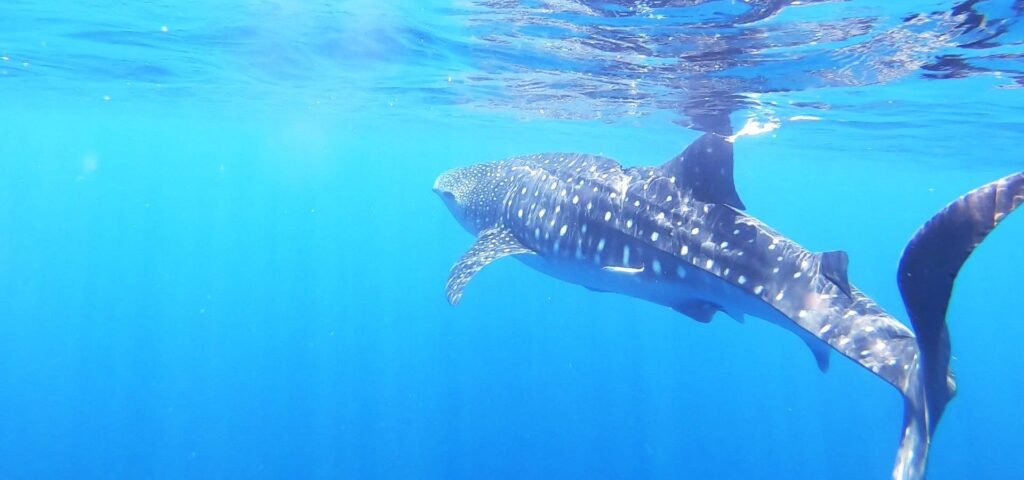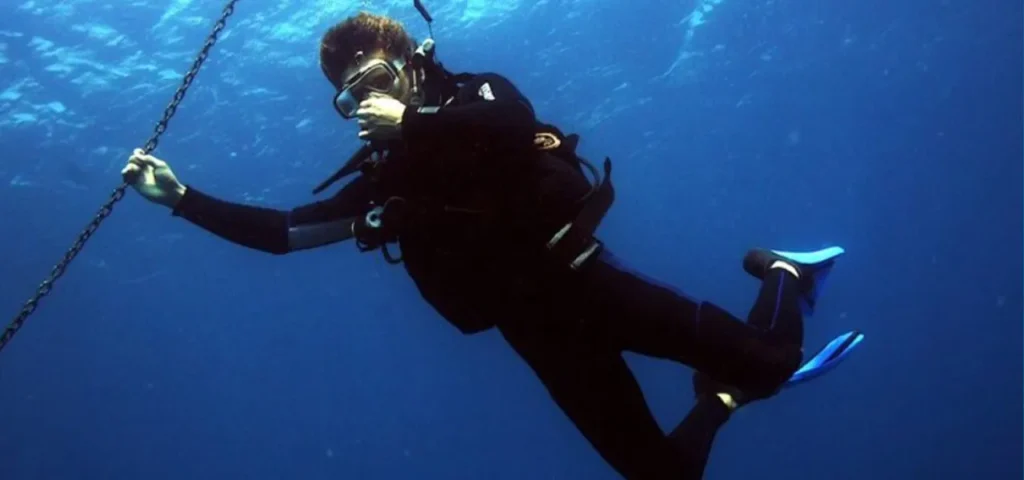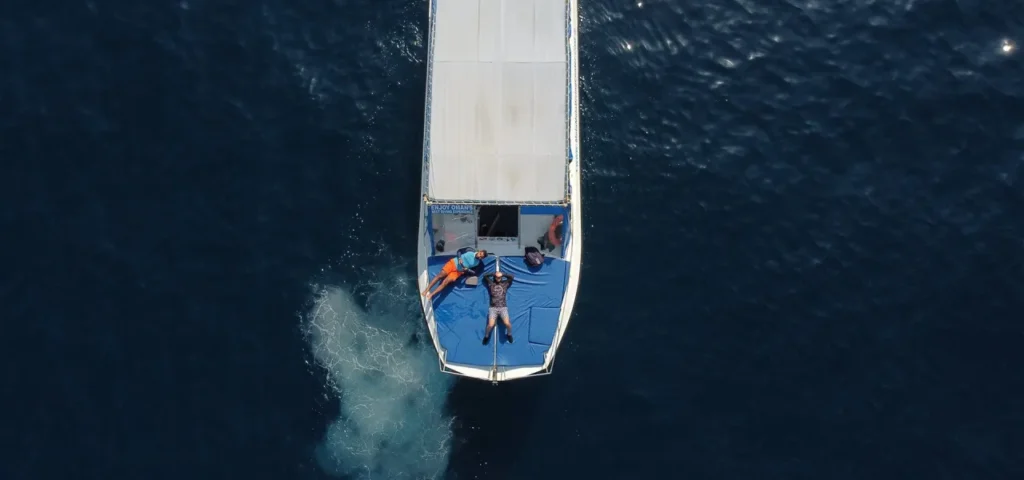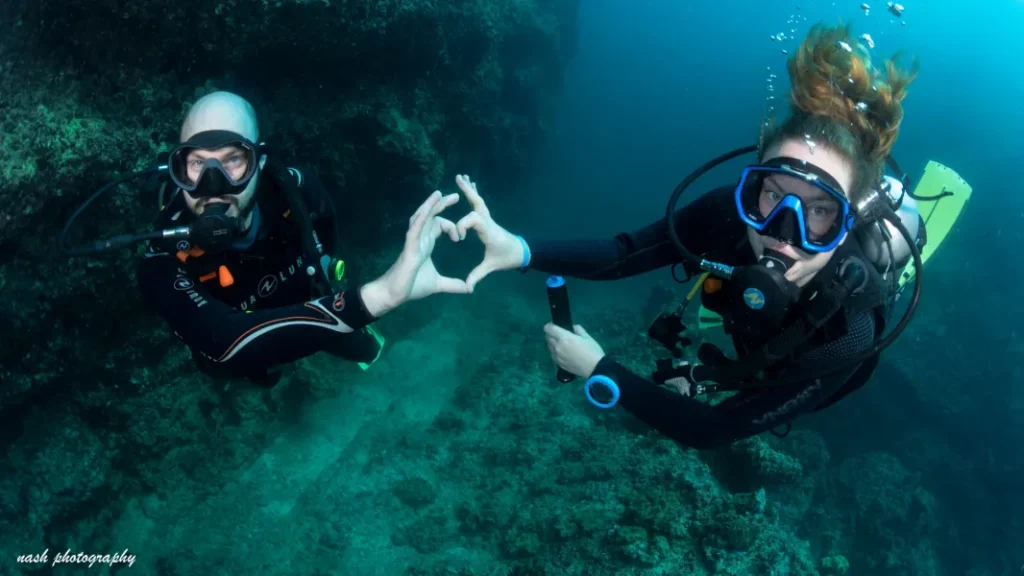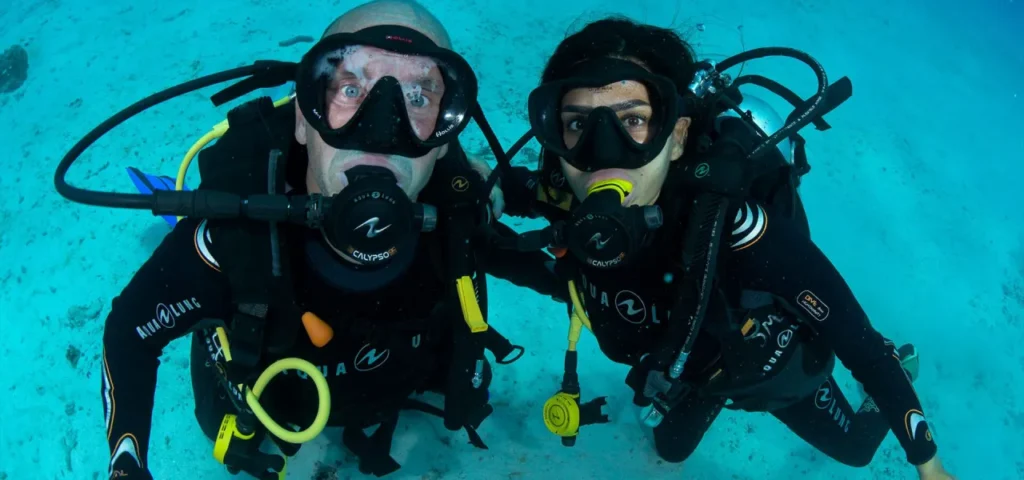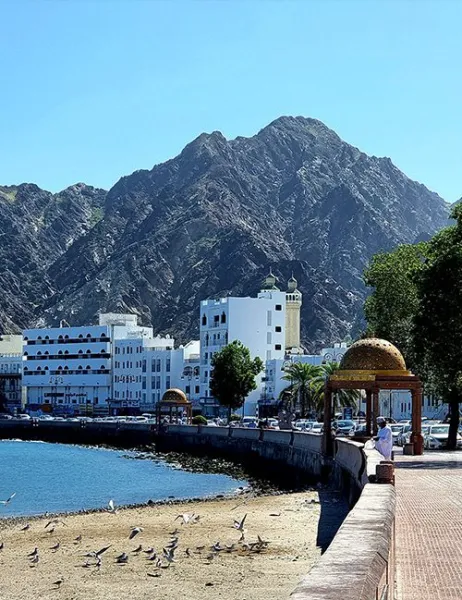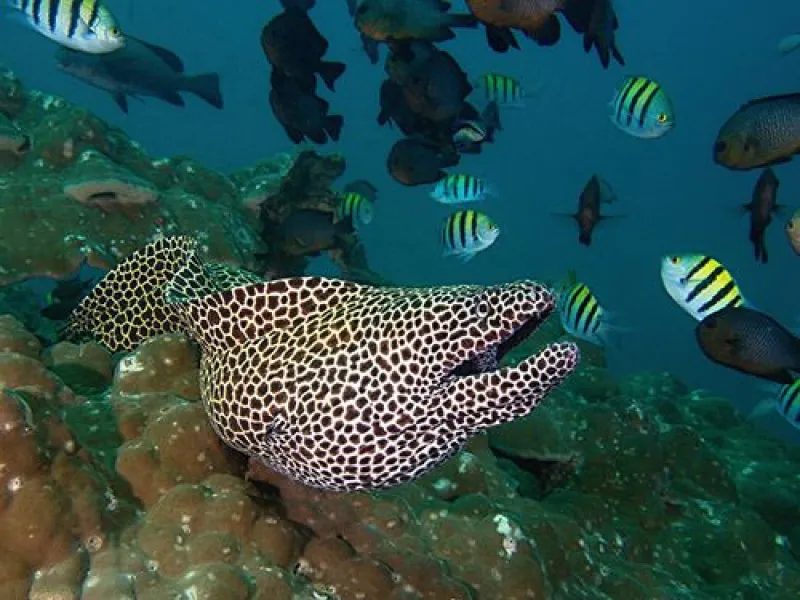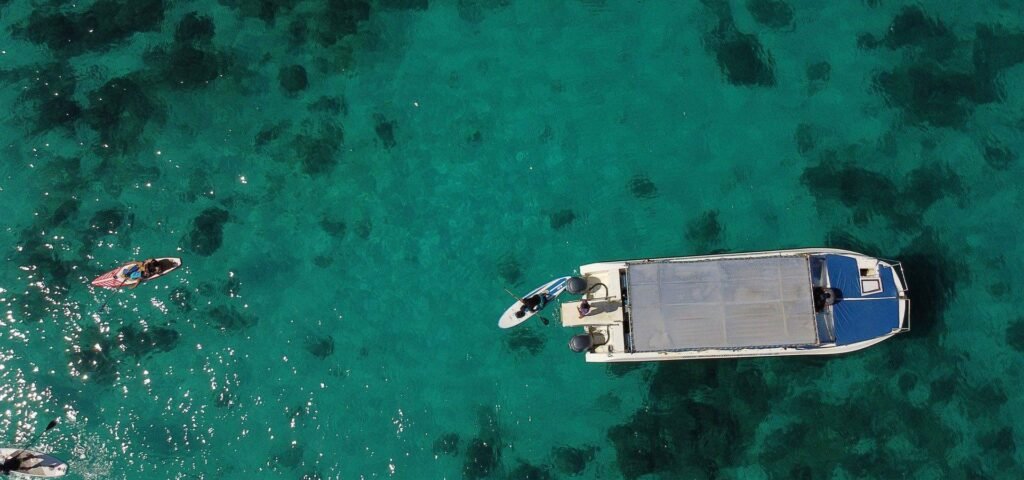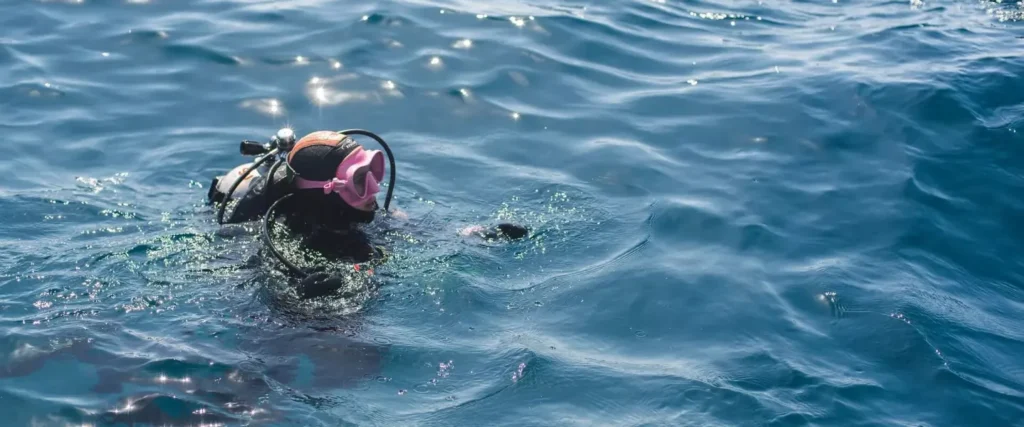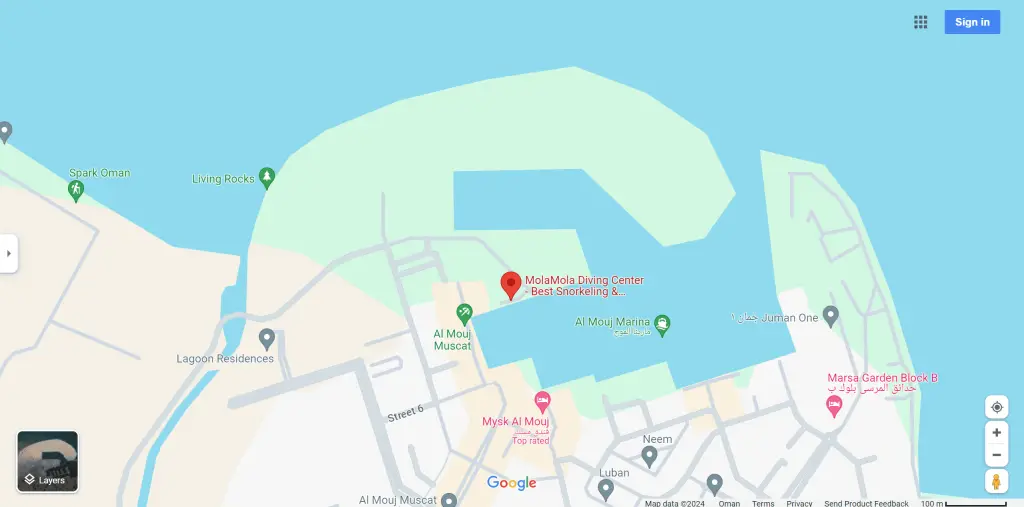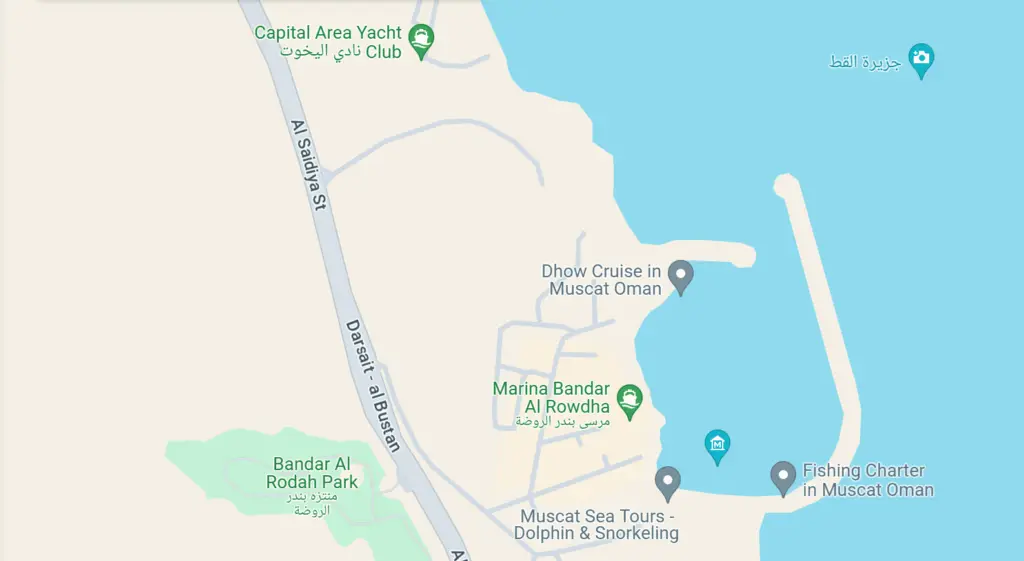When Is the Best Time to Spot Whale Sharks in Oman?
When Is the Best Time to Spot Whale Sharks in Oman? They are big, beautiful, and gentle. They like warm water and a lot of plankton. And they are sharks – not Whales. The whale shark is the largest known fish species alive today, with an average length between 6 to 10 meters. The largest measured whale shark was 18.8 meter! And although it is the largest fish in the world, the whale shark eats some of the tiniest creatures in the ocean. Whale sharks have a lifespan of about 70 years and they are found in tropical and temperate oceans such as our Omani Ocean. The docile and harmless giants have a beautiful coloration pattern, bluish-gray to a brown back and a white underside. Each fish has their very own unique pattern of stripes and spot. Have you ever been dreaming of seeing and swimming with whale sharks? Oman is your place to go to! Whale Shark Season Is Between July and September As mentioned earlier, whale sharks like warm waters. They always visit our coastline during summer time – and they are only a few meters away from our marina on their way to Daymaniyat island. From July to late September is the annual whale shark season in Oman. During this period, we spot them regularly in big groups. So, if you plan to join us on a trip during summertime, there is a high chance of spotting whale sharks on our way to the dive site in Daymaniyat island! And what’s better to do during the hot Omani summer than a swim in the water with these gentle giants? We usually stop our boat as soon as we see the whale sharks so you can enter the water and snorkel with them. While scuba Diving in Oman is great with the usual spotting of Turtle and rays, imagine seeing a whale shark while scuba diving? Although a bit rare, this is also possible too! It’s a lot easier to spot and snorkel with whale sharks rather than finding them during your dive. But while Scuba Diving in Oman, everything is possible – especially at our favorite dive site, Aquarium. How to Swim with Whale Sharks? Whale sharks are threatened by habitat loss, pollution and fishing. To promote their protection, it is very important to be very careful when you’re around them. Therefore, we always ask our customers to follow these guidelines to make sure that your behavior is safe for you, the environment, and the wildlife: Enter and get out of the water quietly. Splashing and noisy entrances can scare away whale sharks. Swim slowly with smooth movements. When approaching a whale shark, you must arrive from the side. Always maintain a safe distance of 3m from the head and 4m from the tail. Never touch a whale shark or try to climb on its back. If you are close to a group of feeding whale sharks, stay still and let the animal move around you. Whale sharks can be curious animals and could approach you. If this happens, do not move and watch! Do not feed whale sharks or throw objects into the water to try to get their attention. Whale sharks feed exclusively on plankton and are not interested in our food. So, what do you think? Are you ready to swim with Whale Sharks? Book your adventure with us now to enjoy the best Diving in Oman. Previous PostNext Post

